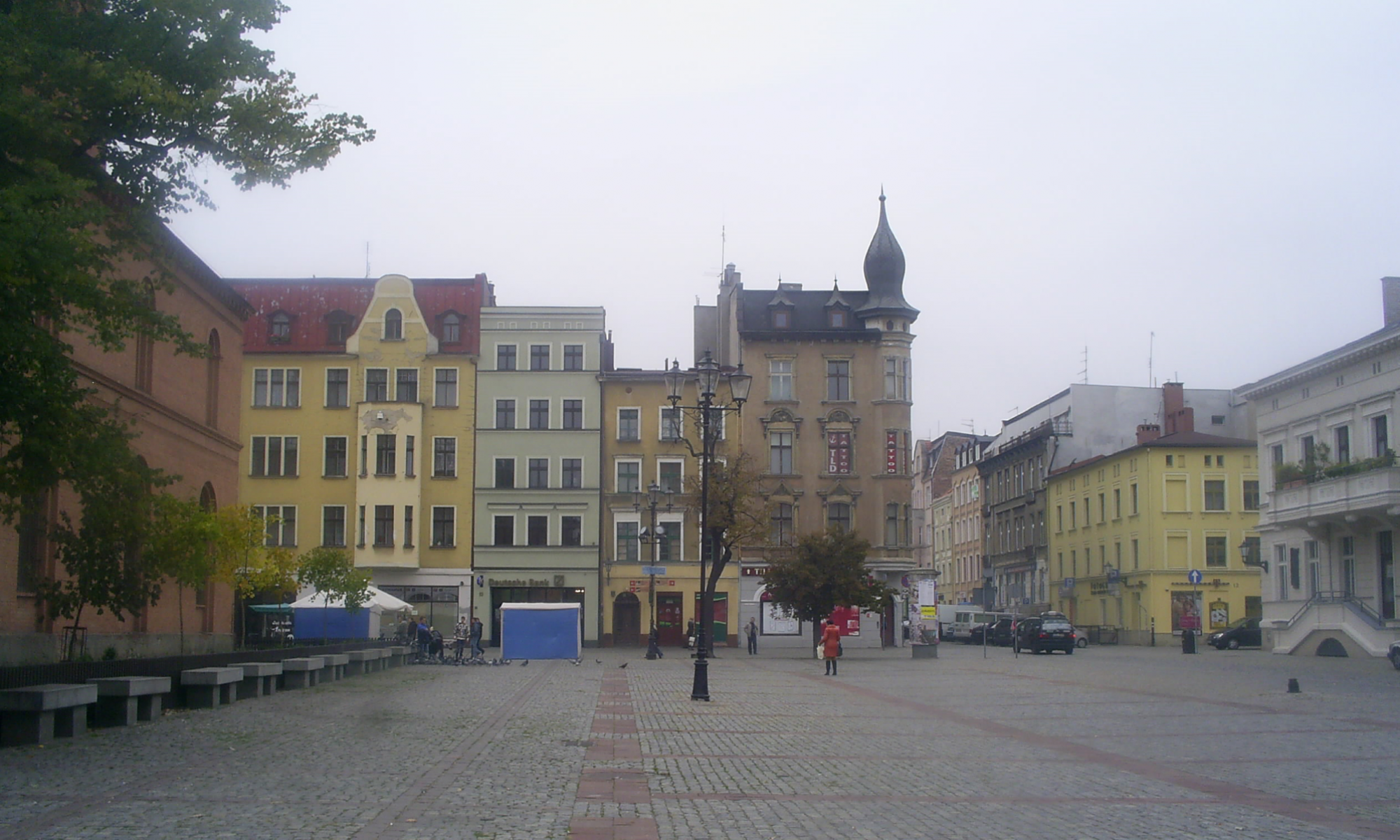Ingval Maxwell, after 10 years at the helm as COTAC trustee and chair of Management Group, has decided it is time to step down from these roles. During his tenure he has overseen the change of COTAC from a “Conference” to a “Council”, and re-registration with the Charity Commission as a Charitable Incorporated Organisation (CIO). COTAC started in 1959 as an informal Conference of organisations in the conservation world, interested in improving the sector’s education and training. It first registered as a charity in 1993 and changed its name to a Council in 2015 on becoming a CIO.
During his time as chair Ingval has worked tirelessly to ensure the organisation’s ongoing viability, resurrected the annual COTAC international conference, developed a 5 year Corporate Plan 2019-24, carried out this plan’s mid-term review and established a number of working sub-groups reacting to activity in the sector including BIM for Heritage and Digital. His main focus over the last few years has been to steer COTAC in the development of a comprehensive range of online learning material and packages from basic through intermediate to advanced level, for which he and Barry Bridgwood have been the main authors.
The Covid pandemic has caused many organisations, including COTAC to review the way in which they operate, so for the last few years, led by Ingval, all our meetings and conferences have been held online. This is likely to remain for most activities in future in order to continue to benefit from the savings in travel expenses and time. The pandemic has also driven most education to be delivered online. Having experienced the benefits, both education establishments and students are likely to continue with this method in future, and/or adopt a blended learning approach. This augers well for the forthcoming use of all the COTAC material, available on the COTAC Global website, which Ingval has been so instrumental in developing.
Ingval Maxwell trained as an architect from 1962-1969 at the Duncan of Jordanstone College of Art and Design at Dundee University, which is world renowned for its high quality. On qualifying he joined the Ministry of Public Building and Works, Ancient Monuments Branch, which morphed into Historic Scotland and worked his way through the organisation to become Technical Director in 1993 until his retirement in 2008 after 39 years. He is reputed to have wittily entitled his retirement speech “A Career in Ruins”. During his time at Historic Scotland he oversaw the production of over 140 Technical Advisory Notes and Inform leaflets that are used widely by professionals and practitioners in the sector.
He also established over 20 years ago, the Edinburgh Group, which is now facilitated by COTAC. Its aim is to encourage all professional institutions such as AABC, RIBA, RICS, CIAT, CIOB, to establish conservation accreditation schemes. Typically he has personally registered and achieved the highest level accreditation in both the AABC and RIBA architect registration schemes. This Group has been a huge success with over 10,000 conservation professionals now working towards or accredited. Initially reluctant through concern at the small numbers available, accreditation requirement for lead professionals has now been adopted by all the main Home Countries’ bodies for their grant schemes. Accreditation is also increasingly being required by an ever expanding number of clients for their conservation projects. This has helped greatly improve the quality of work on our built heritage. The Group continues to meet twice a year working towards greater consistency and refinement across all schemes.
Ingval originally joined COTAC in the early 1990s as a member of the Conference because he found it useful for his work in Scotland to keep abreast of other sector developments across the wider UK and Republic of Ireland. After serving the required Civil Service period of non-sector involvement following his retirement, he joined COTAC again, initially as a volunteer and was soon appointed a trustee. Ingval is a polymath with a very wide range of interests and was awarded the Order of the British Empire in 2003. During his career he has served as Advisor to the Scottish Conservation Bureau, the Ancient Monuments Board for Scotland and Historic Buildings Council for Scotland, Trustee of the Charles Wallace India Trust, acted as a UNESCO/ICOMOS World Heritage sites assessor, a member of the ICOMOS International Scientific Committee on Stone, a judge for the Stone Federation Natural Stone Awards and he sits on the RIBA Conservation Register Steering Group and its Conservation Group. In addition to his COTAC work he has authored/published a large list of publications over the last 20 years.
Realising that by the end of the current COTAC Corporate Plan he will be entering his ninth decade, Ingval felt it time to reduce his commitments. However he has generously agreed to continue the completion of various in-progress educational materials for the COTAC website as well as progressing the Concrete Study. He will also consider further work on the Earth and Open Air Museum studies and progress the Accreditation Equivalence Survey initiative and chair the 6 monthly Edinburgh Group in its realisation.
All the COTAC team wish to thank Ingval for his enormous contribution to the organisation, unstinting commitment and amazing energy in progressing matters to bring COTAC to where it is today, firmly in the 21st Century. We wish him well and hope that we can persuade him to continue to work with us albeit in a reduced capacity for many more years to come.
Tim Yates
Chair of Trustees
